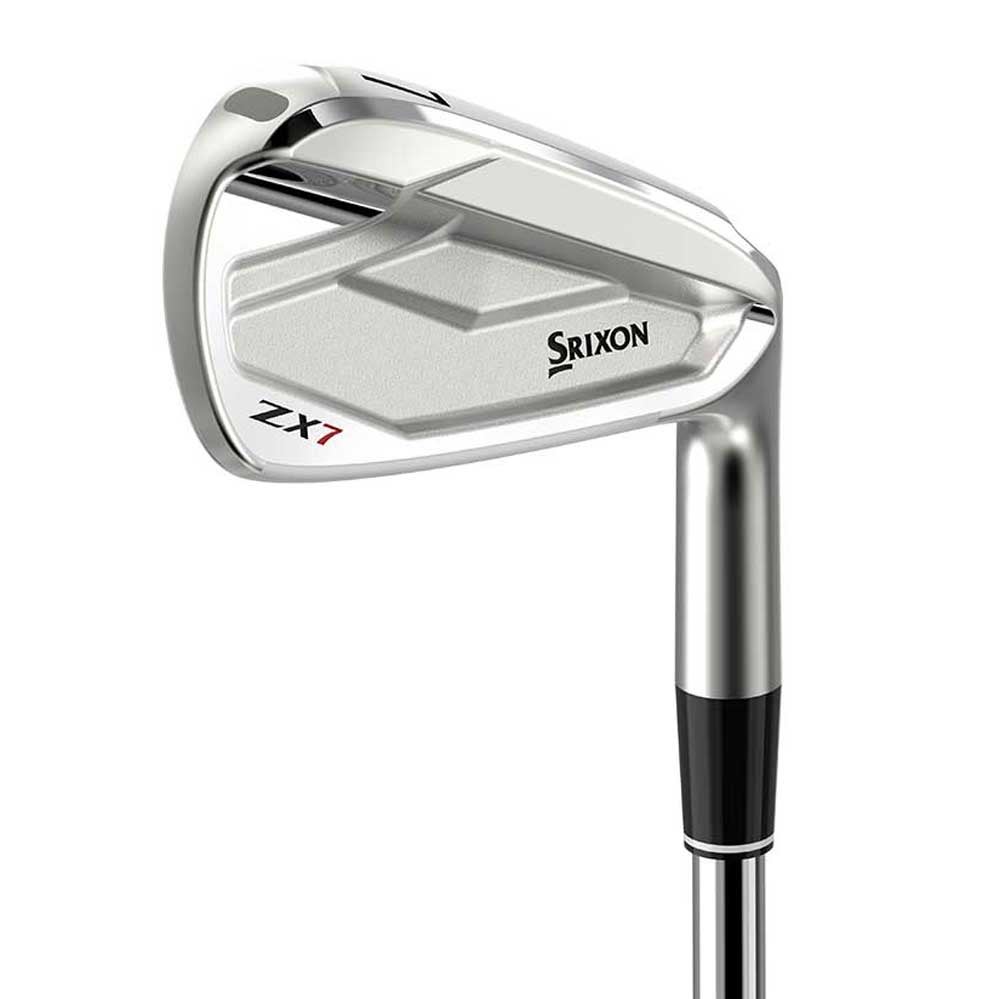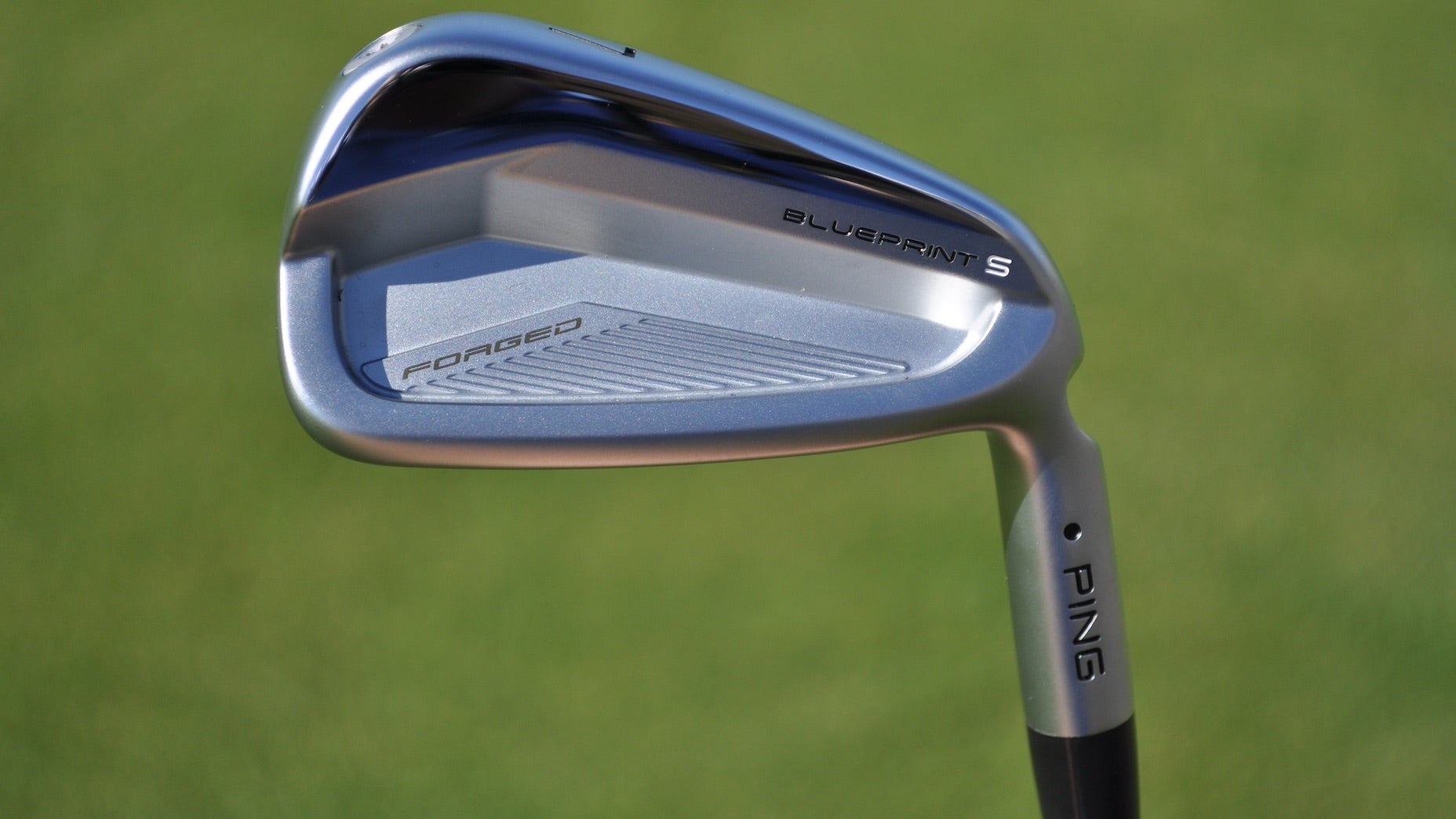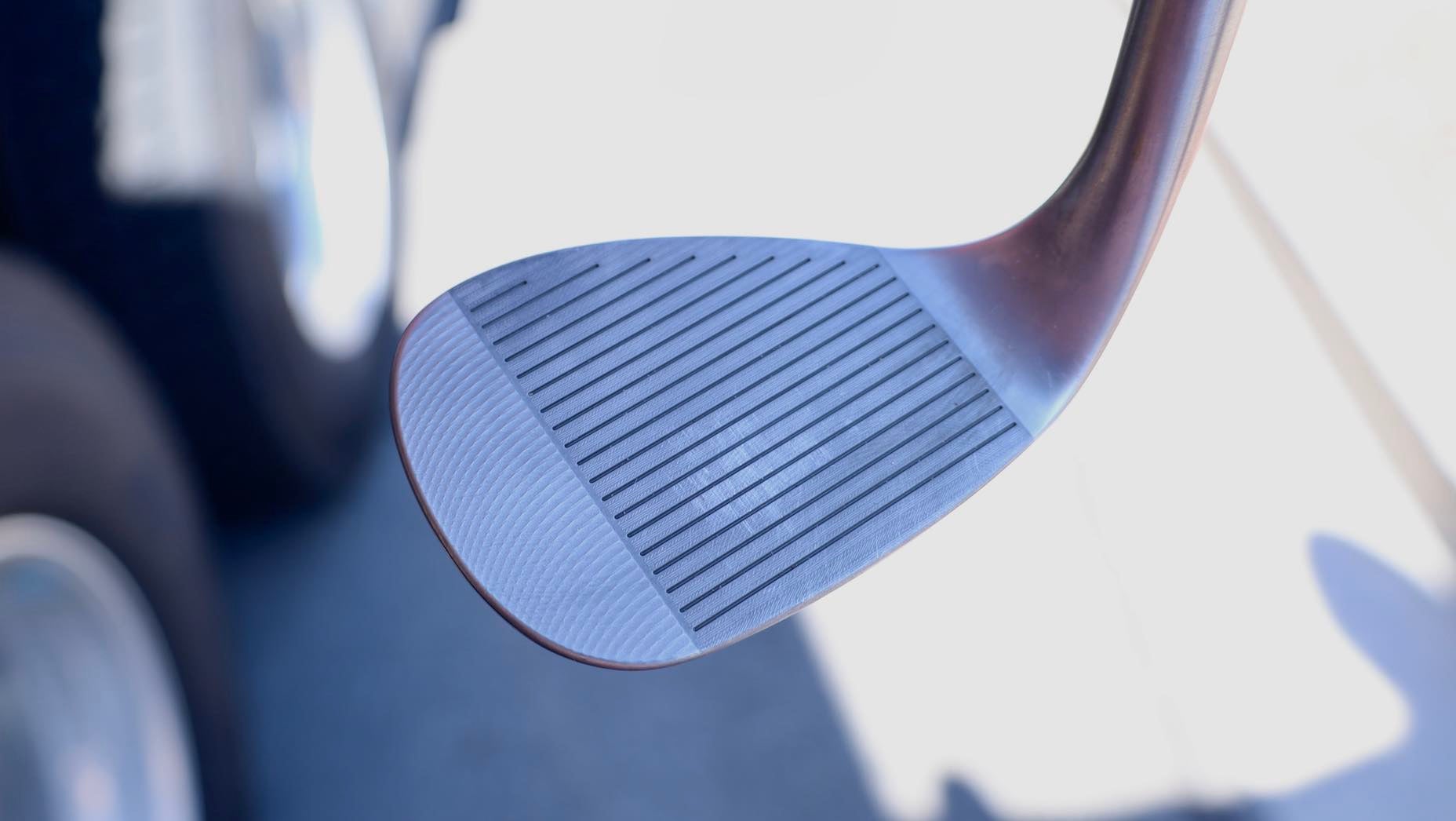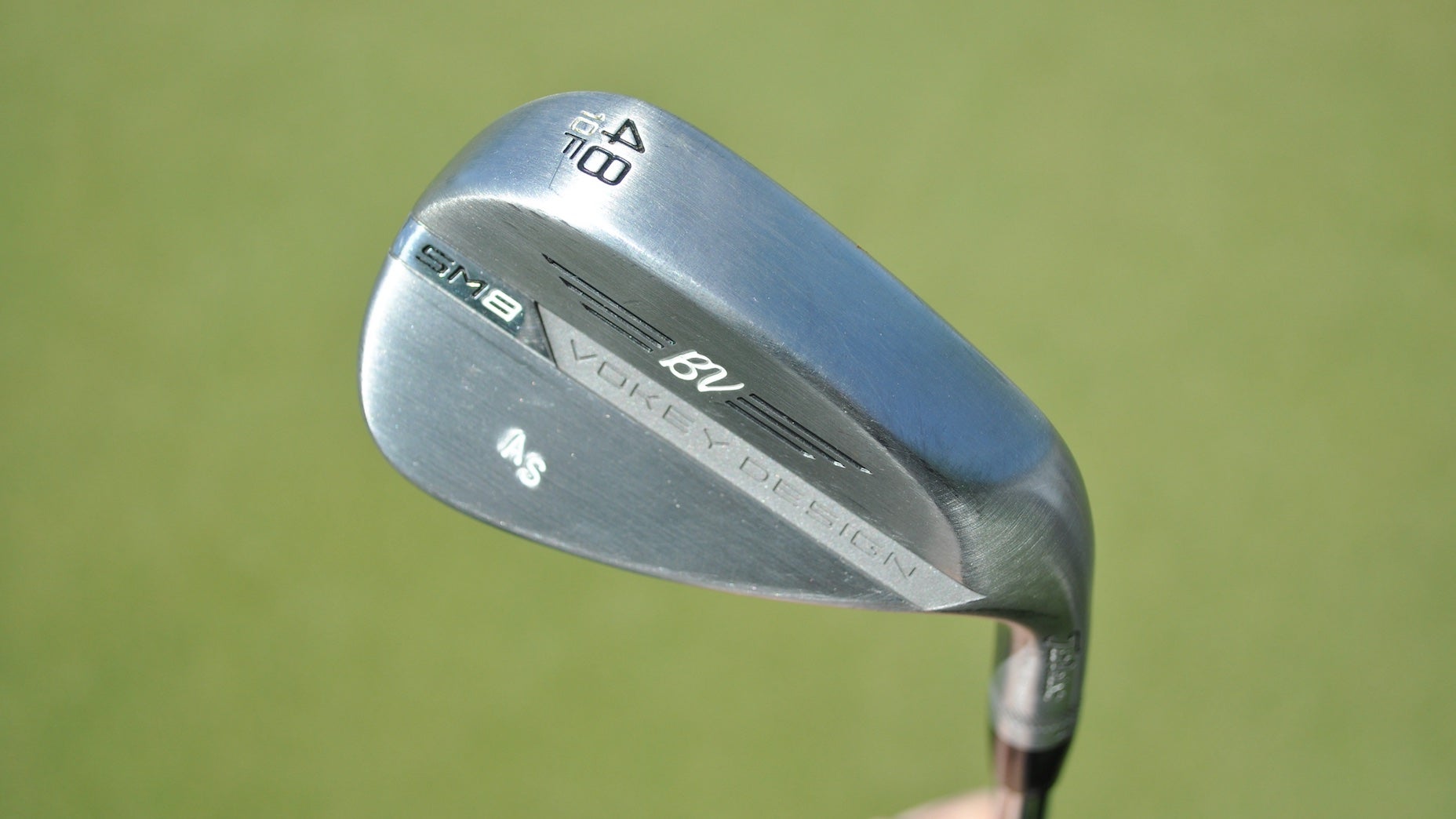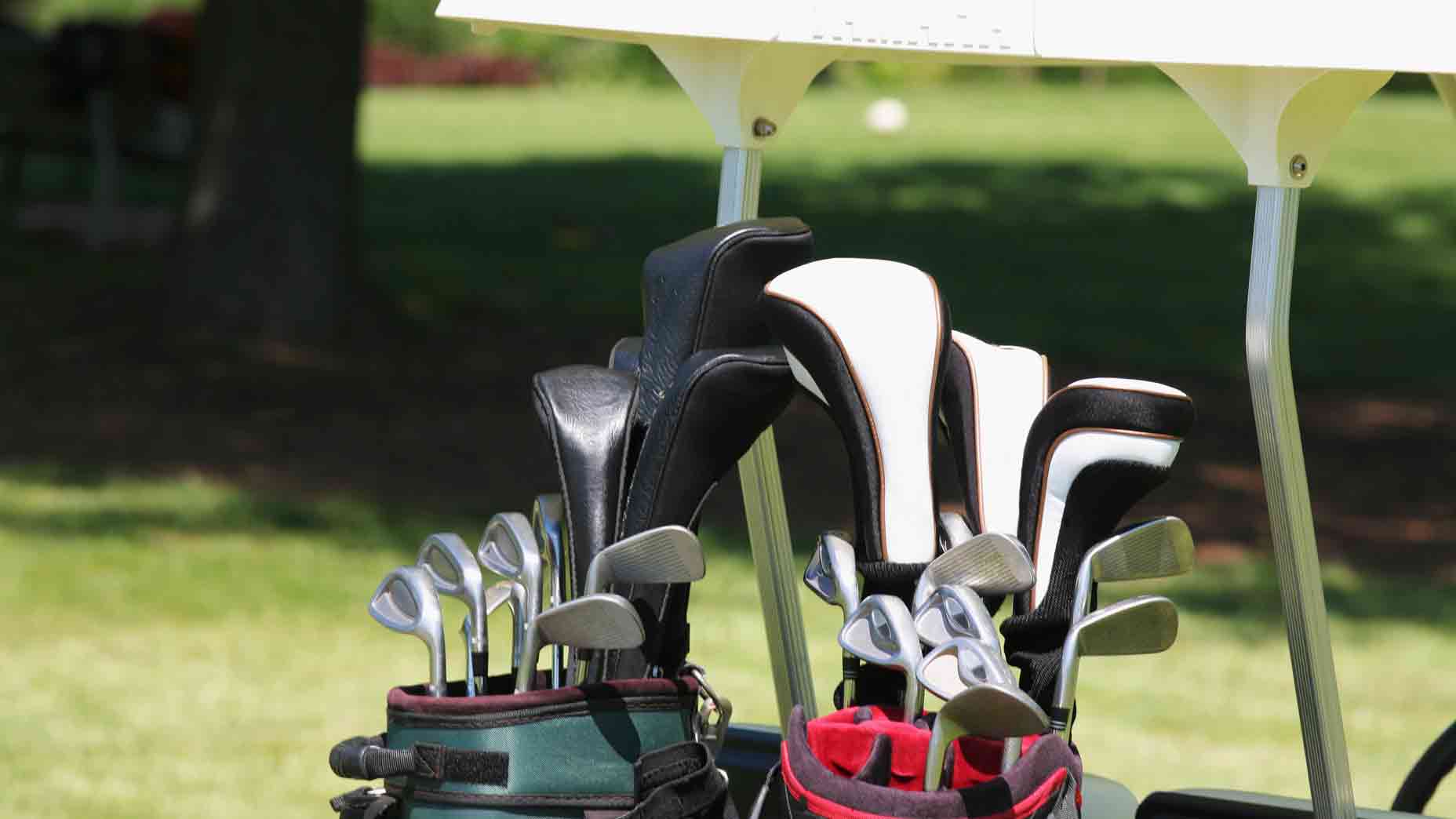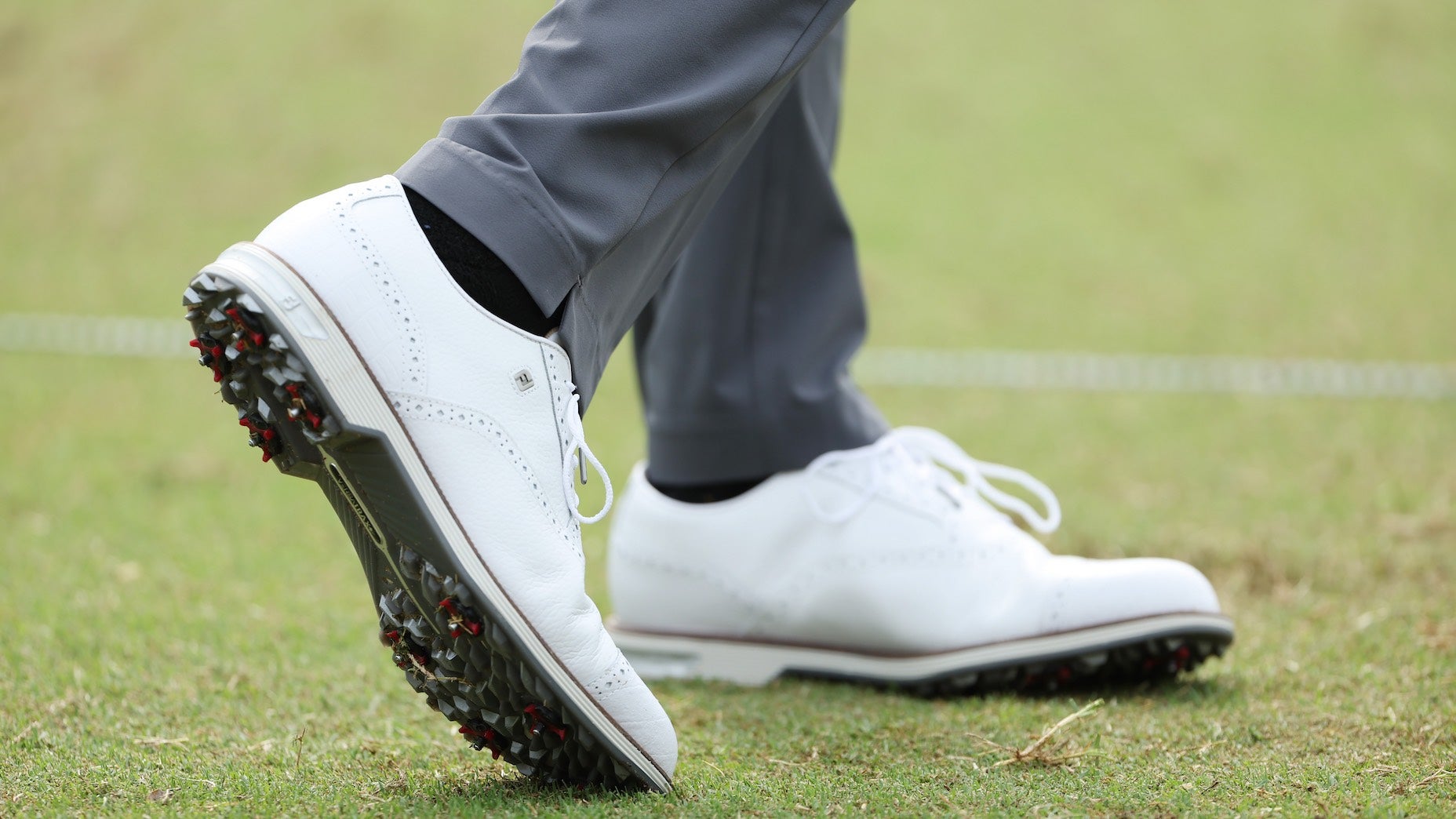How will the proposed golf ball rule affect golf clubs? | Fully Equipped Mailbag
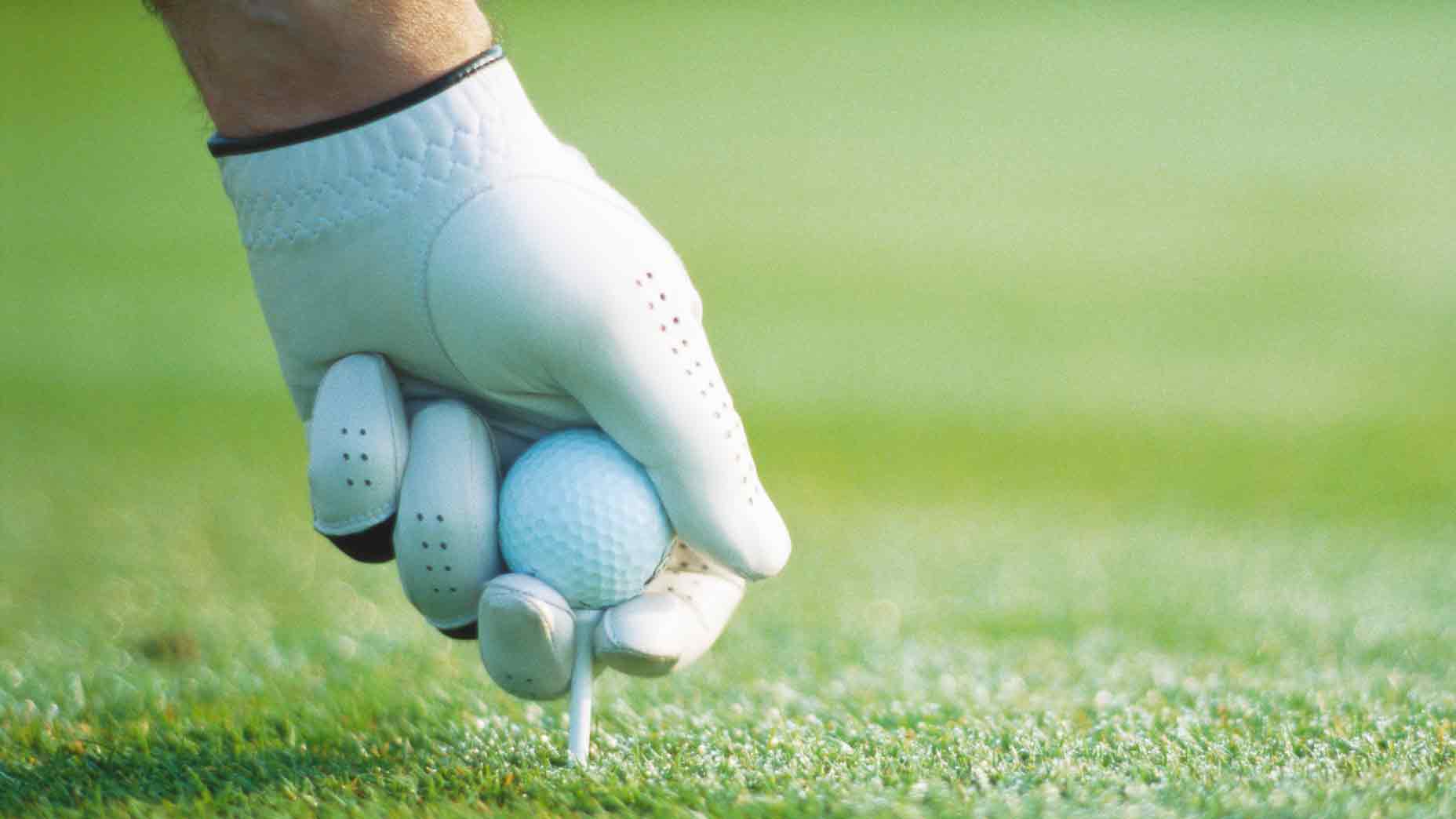
If the new rule goes through, pros will play a different ball than the rest of us.
Getty Images
Welcome to another edition of the Fully Equipped Mailbag, sponsored by Cleveland/Srixon Golf, an interactive GOLF.com series in which we field your hard-hitting gear questions.
If the new ball rule becomes a reality for tour players, what changes do you think we’ll see in how golf clubs are designed? — James
With all the recent golf news, it’s easy to forget that the proposed bifurcation of rules pertaining to golf balls was the biggest story in golf this year, at least before all the PGA Tour/LIV Golf shenanigans took place.
As a reminder, the proposal suggests that professionals would use a ball that flies less far, while recreational players and competitive amateurs would still be able to play with the balls they currently enjoy. However, these changes are not set in stone yet and are merely ideas at this point. If implemented though, equipment manufacturers would potentially need to adapt and create different clubs to suit professionals who can no longer rely on the ability to bomb and gouge with relative ease.
While we can’t predict the future, we can offer some informed best-guesses about what professional equipment might look like if the new restricted ball becomes a reality. Let’s look at a few:
Driver-makers will face pressure to innovate.
Equipment manufacturers already feel the pressure to release new drivers every year, but with a shorter flying ball, tour players will demand maximum distance. This may lead players to favor drivers designed for all-out distance over those that enable shot shaping. Regardless, we anticipate a new wave of driver innovations to help players hit longer shots.
We might see new cover materials and core designs.
Although not often discussed, we expect the new balls to have a very soft compression and soft covers. If you’re old enough, this might remind you of the balata ball widely used in the past. Because of this, we might see new types of urethane covers that are even more durable, as well as new multi-layer golf ball designs that make it even easier to control spin off the tee without giving up workability around the green.
Players will start teeing it up extremely high.
Have you ever noticed how high long drive competitors tee the ball up? They sometimes use extra long tees, and this technique allows them to strike the ball on the upswing, promoting a higher launch with less spin loft, resulting in a high trajectory and a more parabolic arc through flight. Tour professionals might adopt a similar strategy, necessitating swing adjustments to accommodate the new ball.
We could see more cavity backs and the sudden demise of traditional forged blades.
A restricted ball could signal the end of the traditional tour blade because players will want to hit their irons further, and switching to stronger lofted cavity backs provides an easy solution for less spin and more yardage. Already, modern-day irons like Srixon’s ZX7 MK II irons are proving that you can have a soft-feeling, forged cavity back that offers a little extra distance without losing shotmaking capabilities.
Srixon ZX7 Mk II irons
Shafts might also play a crucial role.
If professional golfers face new ball regulations, we expect a slew of new shafts with different technologies designed to help better players gain back lost distance. The specifics of these innovations are anyone’s guess, but it’s a safe bet that shaft manufacturers will introduce something new.
Putter inserts may become obsolete.
With the golf ball becoming softer, the need for putter inserts is likely to diminish. If anything, players might opt for putters with firmer inserts to enhance their feel of the ball at impact.
Or, so we think! These are all our best guesses, and the truth is we have no idea how things will shake out should the ball bifurcation come to be. One thing we know for sure though, should the rule change happen we highly doubt we’ll ever come close to seeing a pair of 62s at the U.S. Open like we saw yesterday.
Srixon ZX5 MK II LS Driver
Want to overhaul your bag for 2023? Find a fitting location near you at True Spec Golf.

